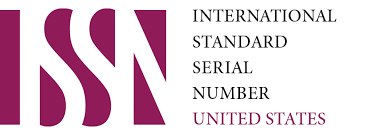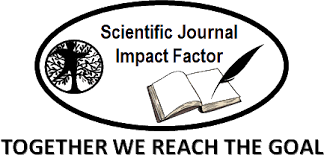The Role of Gender in Public Speaking in Social Layers: A Thorough Examination
DOI:
https://doi.org/10.62480/tjpch.2024.vol37.pp47-50Keywords:
public speaking, gender dynamics, gender stereotypesAbstract
Speaking in front of an audience has always been an essential part of leadership, communication, and social impact. However, a number of characteristics, including gender, affect how well one can communicate and be viewed across social strata. The impact of gender on public speaking is examined in this article, which also examines how prejudices connected to gender affect audience reaction, trustworthiness, authority, and speech delivery. This article clarifies how gender impacts public speaking across social strata by looking at study findings, linguistic theories, and real-world examples. It also provides methods for overcoming communication hurdles based on gender
References
Atkinson, M. (1984). Our Masters’ Voices: Language and Body Language of Politics.
Brescoll, V. (2011). “Who Takes the Floor and Why: Gender, Power, and Volubility in Organizations.”
Administrative Science Quarterly.
Eagly, A., & Karau, S. (2002). “Role Congruity Theory of Prejudice Toward Female Leaders.” Psychological
Review.
Gibson, J. (2004). Rhetoric and Power: Rhetorical Strategies in Ancient Greece.
Goffman, E. (1979). Gender Advertisements.
Haraldsson, M., & Wängnerud, L. (2019). “The Role of Media in Reinforcing Gender Stereotypes in Politics.”
Media Studies Journal.
Holmes, J. (2018). Gendered Talk at Work.
Jamieson, K. H. (1995). Beyond the Double Bind: Women and Leadership.
Klofstad, C. et al. (2012). “Vocal Pitch and the Perception of Leadership Ability.” American Journal of
Political Science.
Lakoff, R. (1975). Language and Woman’s Place.
Sandberg, S. (2013). Lean In: Women, Work, and the Will to Lead.
Yousafzai, M. (2014). “Speech at the United Nations.” UN General Assembly Archives
Downloads
Published
Issue
Section
License

This work is licensed under a Creative Commons Attribution-NonCommercial 4.0 International License.
User Rights
Under the Creative Commons Attribution-NonCommercial 4.0 International (CC-BY-NC), the author (s) and users are free to share (copy, distribute and transmit the contribution).
Rights of Authors
Authors retain the following rights:
1. Copyright and other proprietary rights relating to the article, such as patent rights,
2. the right to use the substance of the article in future works, including lectures and books,
3. the right to reproduce the article for own purposes, provided the copies are not offered for sale,
4. the right to self-archive the article.












